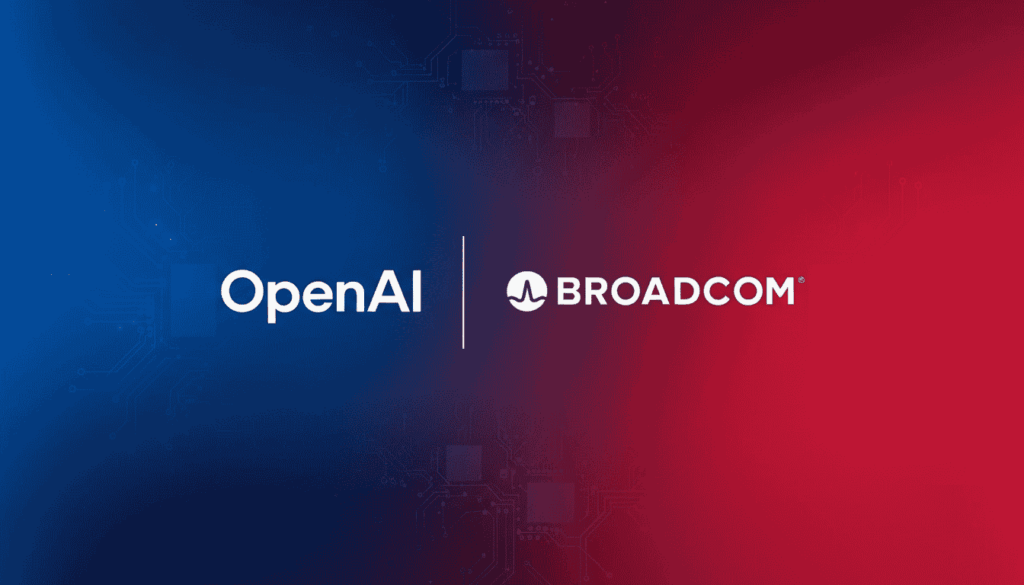The power of artificial intelligence (AI) is now stronger than ever, but the amount of electricity it uses is also huge—it’s like a competition.
In a major move that surprised the tech world, OpenAI has teamed up with Broadcom for a long-term partnership. The plan is not just to build smarter chips, but to make sure they have enough electricity to power their next-level cloud AI. This partnership shows us a fast-moving reality: today’s AI needs more than just good software; it needs a strong foundation, a clear plan for power, and new ways for big companies to work together.
Why Does AI Use So Much Electricity?
Modern AI programs, like Sora 2 and the newest ChatGPT, use resources as if there is no tomorrow. Because they have billions of settings (parameters) and need to learn and update all the time, the power they use could light up a small city.
This new deal that OpenAI signed covers 10 gigawatts of electricity. That much power could run tens of thousands of homes, or even a medium-sized city—just to make sure their data centers run 24 hours a day, 7 days a week. That’s a huge amount.
Broadcom: More Than Just Chip Makers
Broadcom, a leader in networking and chips for a long time, is not only bringing fast chips to the table. They also have direct connections to the main companies that supply electricity around the world. This is the kind of mix modern cloud AI needs: new hardware with guaranteed power, proper cooling systems, and a very strong foundation.
The Big Race to Control the Cloud
OpenAI is not the only company in this race. Companies like Google, Meta, Microsoft, and Alibaba are spending billions on both their own custom chips and long-term electricity contracts. This type of partnership shows that we have entered a new phase where cloud AI companies are not just customers who rent computer space—they are now actively deciding how the world uses power.
The Problems That Need Fixing
- What About Our Environment? How will this huge need for power affect plans to reduce pollution? OpenAI and its partners say they will try to use renewable energy, but the project is big and expensive, so the pressure is high.
- The Foundation: Data centers must be very strong to survive natural disasters, hackers, and local power cuts.
- Money and Access for Everyone: As AI becomes common, will small companies or less-developed places be able to compete? Or will this new kind of partnership make sure everyone can get access to this powerful AI from anywhere in the world?
AI Enters a New Stage for Business
This OpenAI and Broadcom deal is more than just a business plan—it is a roadmap for how the future will look. As AI is used more and more in healthcare, finance, design, and other areas, this serious need for reliable, clean power is changing the entire connection between technology and the planet.
Expect to see more of these partnerships, where companies that make hardware, software, and energy join hands to create new things. The next step for AI is not just to build smarter programs—it’s to have smarter partnerships, better plans for power, and a commitment to progress that won’t harm the future.
Do you think using AI for renewable energy (like solar or wind power) will help solve this electricity problem?


